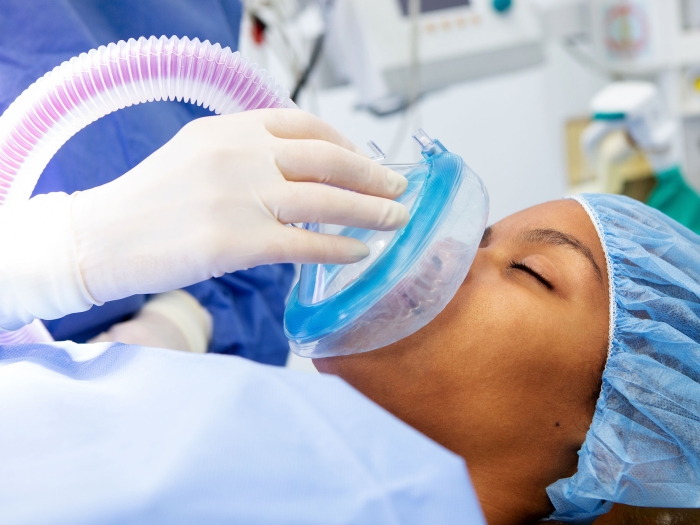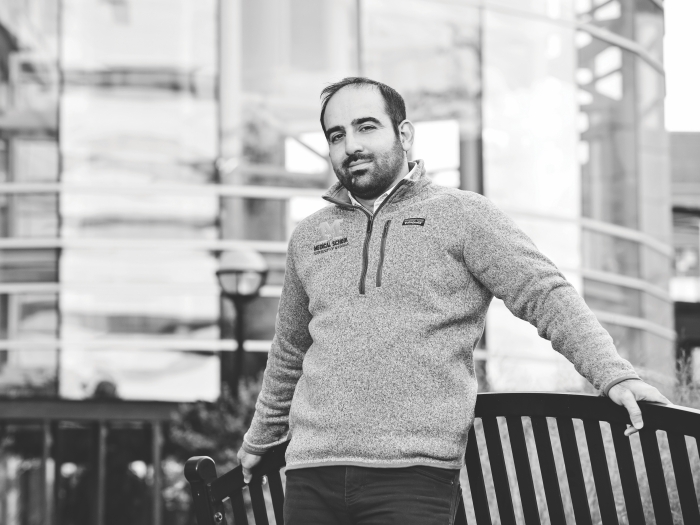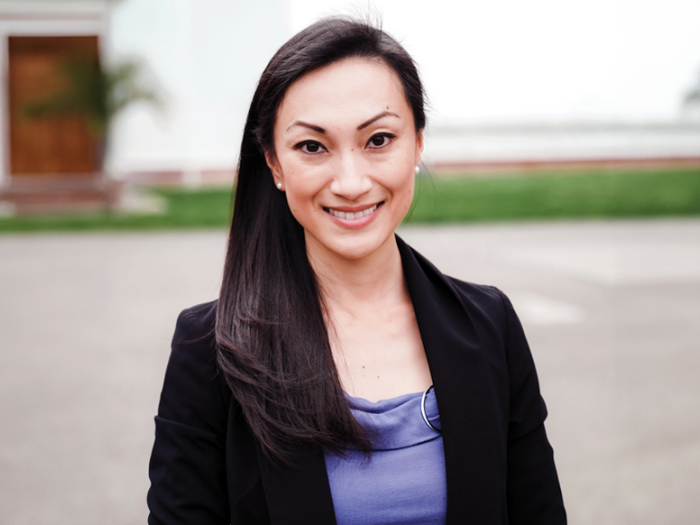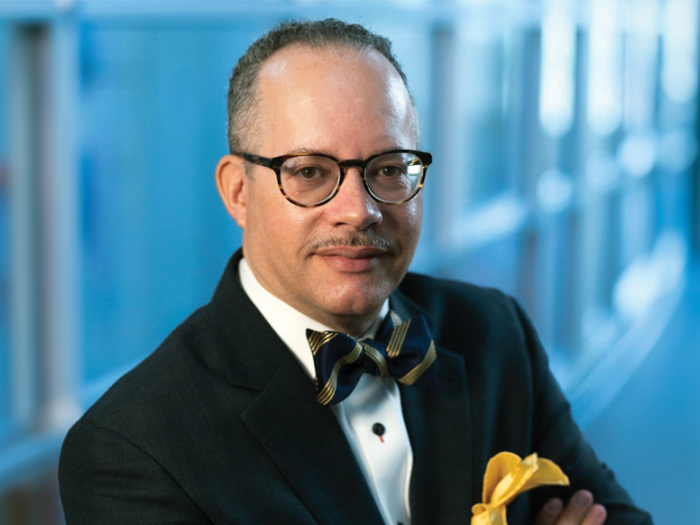An NIH-funded career development program for clinician scientists focused on research in emergency critical care is accepting applications to join.
1:00 PM
Author |
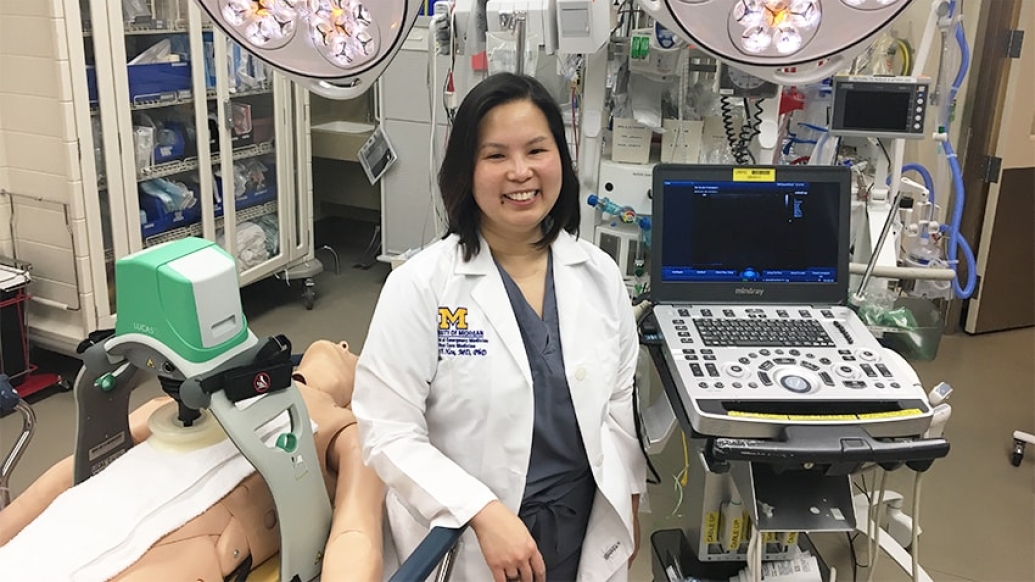
For early career clinician scientists, mentoring, protected time and networking are important pieces in overall career development.
MORE FROM THE LAB: Subscribe to our weekly newsletter
The University of Michigan K12 Career Development Program in Emergency Critical Care Research is one of four National Institutes of Health-funded training sites in the country that supports such opportunities, preparing participants for leadership roles and careers in emergency care research.
"We are honored to have one of only four sites in the country for this exciting career development program," says Robert Neumar, M.D., Ph.D., co-director of the program and chair of emergency medicine at Michigan Medicine. "The NIH started this program because they recognized the need to create a pipeline of young investigators to improve the care and outcomes of patients with emergency medical conditions."
The U-M program is the only site focused on clinical research in critical illness and injury. It recruits junior faculty scholars with a passion for emergency critical care research and pairs each scholar with a multidisciplinary mentoring team.
Mentoring teams consist of highly published senior clinician scientists from a variety of medical disciplines, and they help scholars create a three-year, customized career development plan. Mentors then work with scholars to achieve milestones in academic courses, professional development training, expert consultations and research.
"Scholars receive training in clinical and translational science, coursework that addresses gaps in scientific training, hands-on training, improved grant-writing skills and, of course, mentoring to help them build their own leadership skills," says David Pinsky, M.D., co-director of the program and chief of cardiovascular medicine and director of the U-M Frankel Cardiovascular Center.
The program, housed in the Michigan Center for Integrative Research in Critical Care, is accepting scholar applications through March 31 for its second year of operation, set to begin in July.
For a firsthand account of the fellowship program, current scholars Cindy Hsu, M.D., Ph.D., assistant professor of emergency medicine and surgery at Michigan Medicine, and David Machado-Aranda, M.D., assistant professor of surgical critical care at Michigan Medicine, share more about their experiences and the knowledge gained.
What attracted you to the K12 fellowship program?
Hsu: I was looking for a faculty position that would support both my clinical and research focus in critical care and cardiac arrest. I came to U-M with that goal, and when the K12 became available, I thought it was an excellent opportunity for me to become part of a well-established infrastructure of mentorship and collaboration while also receiving support for my research endeavors.
SEE ALSO: Why Does Cardiac Arrest Receive Only 0.2 Percent of NIH Funding?
The K12 award provides 75 percent protected time for research, which is great for an early investigator like myself to focus on experimental design, multidisciplinary collaborations and grant/manuscript preparation as a gateway to start my career as a clinician scientist.
Machado-Aranda: I was attracted to the possibility of having support for my research through an NIH-sponsored source of funding, with great mentoring, incentivized collaboration and access to a deeper network within the institution. Like the old phrase "it takes a village to raise a child," it is a way of the University of Michigan saying to you that they have a genuine interest in advancing your career.
Being a surgeon with an inclination for doing basic science research, the K12 award gives me the opportunity to have structured institutional support and mentors. Early in your career when you have a distracting operative schedule, this sometimes eludes you. The K12 keeps me on track to achieving my goal of becoming an independent extramural-funded clinician scientist.
I also have noticed secondary psychological benefits. People are often more open and willing to collaborate just with the mention of having a K12 award. As long as these opportunities are truly aligned with your research objectives, they provide you with even greater resources and opportunities to advance in your field.
What opportunities has the fellowship provided you?
Hsu: I joined the Department of Emergency Medicine in 2016 and was already grateful for the mentorship and support from my chair, Dr. Neumar. This fellowship has given me even more exposure within our institution, and its multidisciplinary approach has been great. For example, I have been able to learn about the different swine cardiac arrest models by conducting experiments with Drs. Robert Bartlett and Hakam Tiba's teams.
My role as a K12 scholar has also led to many exciting opportunities on a national level. Many established cardiac arrest researchers are interested in what I'm doing, and this has led to new mentorships and collaborations in multicenter cardiac arrest clinical trials.
Machado-Aranda: One concrete example for me is the project I'm currently working on. I am currently doing gene therapy in mouse models, but in order for my research to go from bench to bedside, I need to step up into a larger translational animal model. But I realized that I couldn't do this alone.
However, just by going through the application process of the K12, I met with investigators such as Dr. Kevin Ward, Dr. Hasan Alam and Dr. Hakam Tiba, who have the necessary expertise to perform large animal model experiments.
Thanks to the K12, I have started to develop my own transitional model, and hopefully within the next couple of months we will begin experimental work. In order to be successful, there's so much background work that needs to be done on these projects, and by connecting with the right people with prior experience, things go much smoother, which is very encouraging.
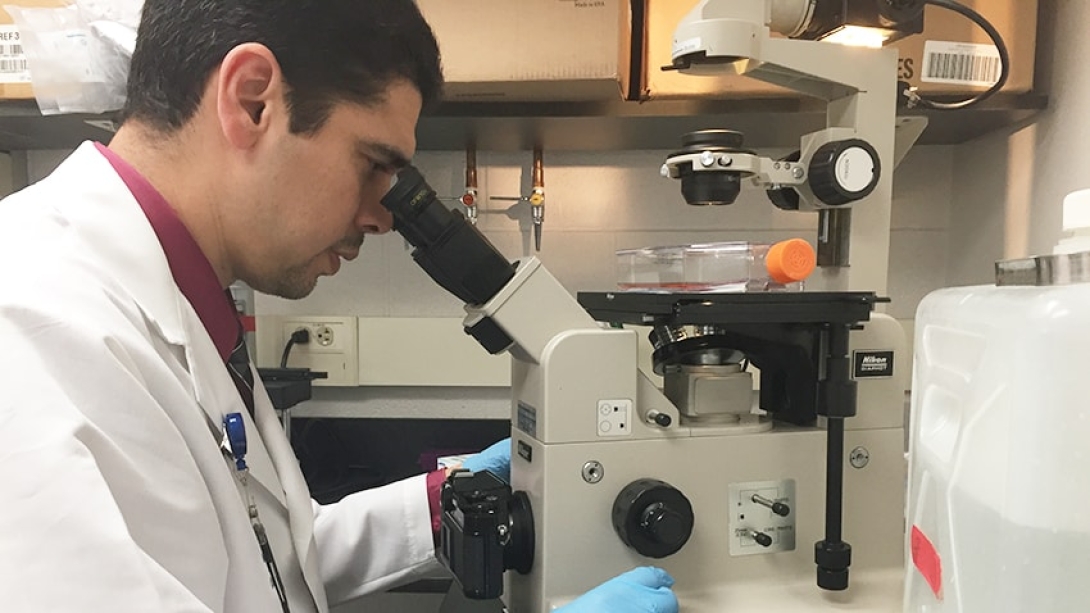
What research have you focused on during this fellowship?
Hsu: My main research focus is finding new ways to protect the brain after cardiac arrest, which is one of the leading causes of death in the United States and affects approximately 430,000 individuals annually. There is currently no effective pharmacologic strategy that can reduce brain injury in patients resuscitated from cardiac arrest, which is their primary cause of death.
I'm studying the post-arrest neuroprotective effect of valproic acid, a medication used to treat seizures and bipolar disorder, by using a swine cardiac arrest model. I am hoping to find the most efficacious dose and biomarkers by using the swine model. My goal is to translate these findings to clinical trials so that we can improve the outcome of cardiac arrest survivors in the future.
Machado-Aranda: I'm interested in applying short-term nonviral gene therapy to activate your immune system to fight off infection and restore some of the basic biological functions that have been lost after traumatic injury, especially in the lung.
A principal cause of death after trauma, aside from hemorrhage and traumatic brain injury, is irresolute infection. Prior investigators have discovered that trauma and other surgical insults can impact and diminish your immune system. Looking for ways to reactivate the immune system and fight off bacterial infection would be very beneficial, especially in a time when we are starting to see antibiotic resistance more frequently.
The principal idea is that we essentially tell your immune system, by replicating natural signaling mechanisms through gene therapy, that you have an infection and your body needs to bring in the appropriate cell types that will fight off that infection. Particular patient populations, like the elderly and those who suffer a traumatic injury, would benefit the most from this work because their immune system isn't usually working to its highest capacity, which makes them susceptible to infection.
Did you learn anything during the K12 fellowship that you otherwise may not have?
Hsu: The application process made me realize how time-consuming projects of this scale can be. We tend to underestimate the amount of time it takes to obtain the supporting documents for a grant proposal. The K12 application process gave me the opportunity to prepare a grant proposal from start to finish, which included integral steps such as grantsmanship, budget and career development.
I also have learned the importance of being an effective scientific writer. Grant proposal writing is critical for investigators early in their career. The more one writes, the better writer one becomes. As such, my goal is to continue to write grant proposals and manuscripts during my time as a K12 scholar.
Machado-Aranda: Learning starts with the effort of going through the application process. Although it is an internal mechanism, it has rigorous requirements and administrative items similar to the NIH that are preparing me for the eventual extramural grant application and submission.
From a career development perspective, the program has given me perspective and has made me think about the milestones I need to achieve, how to prioritize my time and how to seek the specific opportunities to achieve those milestones.
Overall, I've learned so much in terms of how to write a grant, how to administer a lab and how to navigate IRBs and the NIH system. Also, I'm very thankful for Denise Poirier and all the supporting staff for the program. They have continuously let me know about research opportunities and things happening within and around the institution that I could have missed because of a busy schedule.
Having gone through the fellowship, would you encourage others to apply?
Hsu: For those who want to become clinician scientists and take advantage of Michigan Medicine's multidisciplinary infrastructure, the K12 fellowship is a great way to jump-start their career. Our program is unique in that it focuses on the career and research development of early investigators interested in emergency critical care research, which is an exciting and relatively unchartered territory.
Machado-Aranda: I would definitely encourage others to apply because it gives you a platform within the university to have collaboration and mentorship in a very structured way. It gives you the bandwidth nationally to begin finding other potential sources of funding, information and collaboration.
We will be meeting with other K12 recipients at the NIH in April, which is exciting because it not only gives us the opportunity to present some of our data and get feedback, but also to interact with colleagues who are at your same level, participate in peer mentoring and hopefully be part of a national collaborative science team.
For further details and application information for this year's K12 Career Development Program, beginning in July, visit the program's website. The deadline to apply is March 31.

Explore a variety of healthcare news & stories by visiting the Health Lab home page for more articles.

Department of Communication at Michigan Medicine
Want top health & research news weekly? Sign up for Health Lab’s newsletters today!

